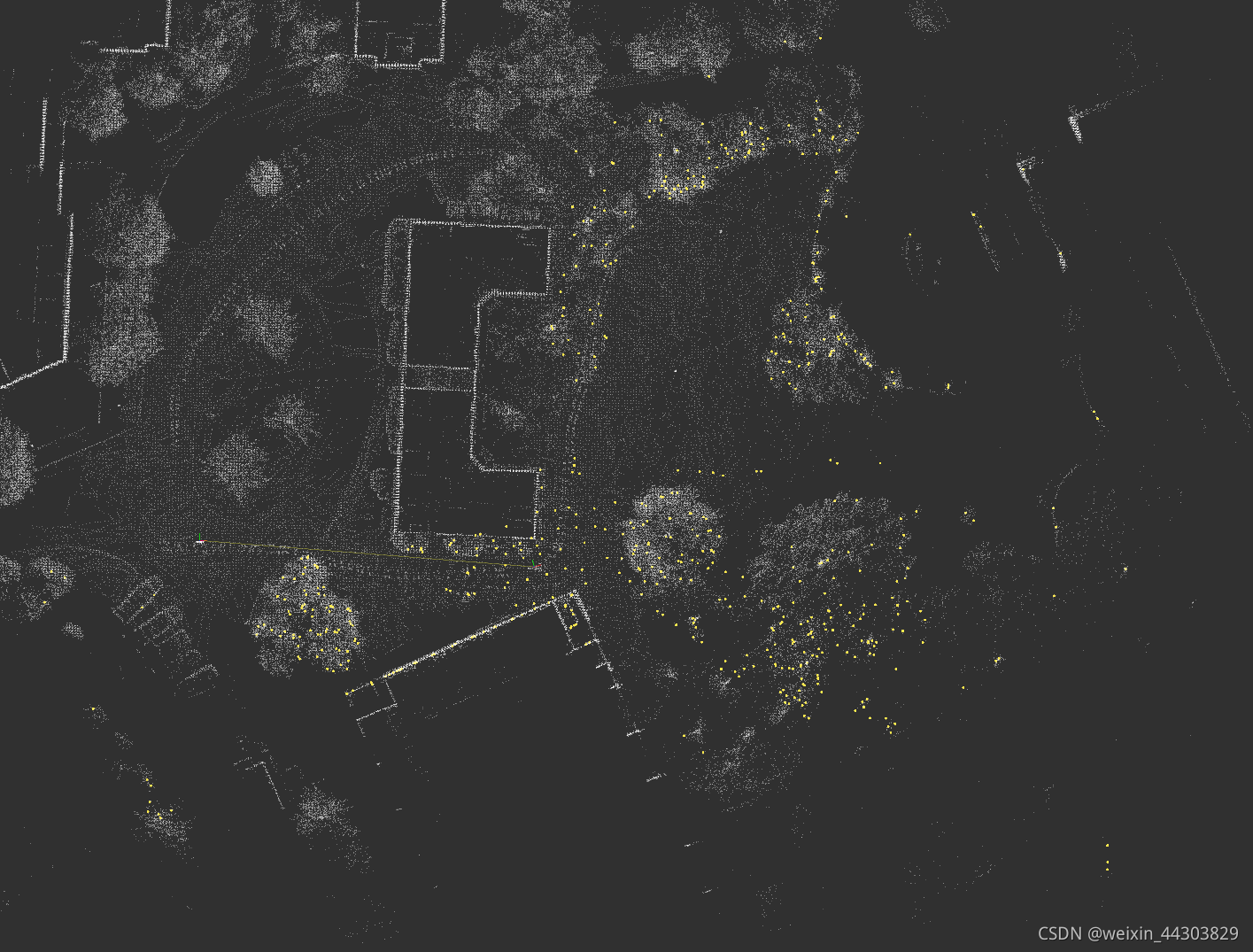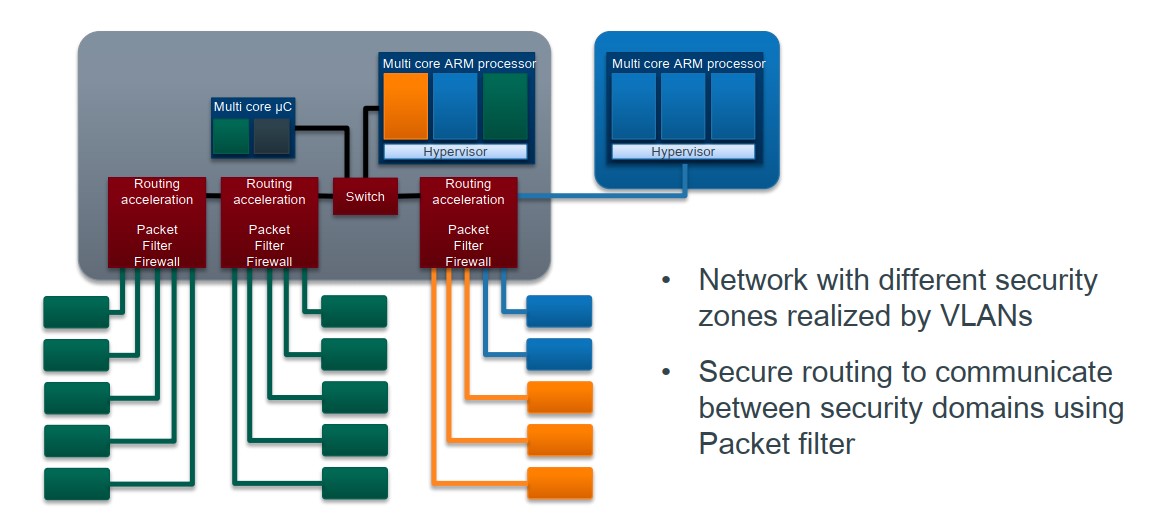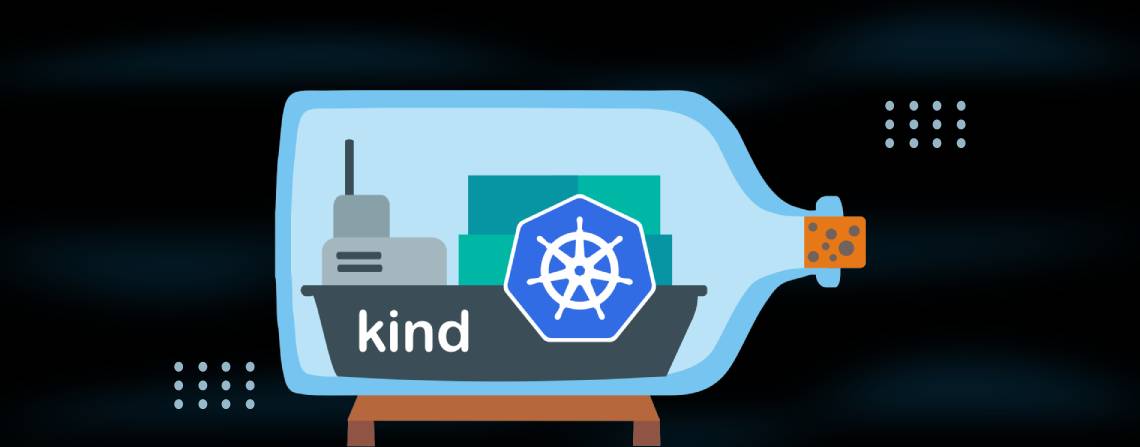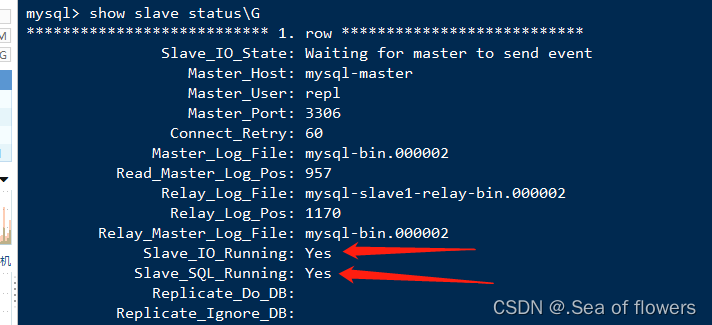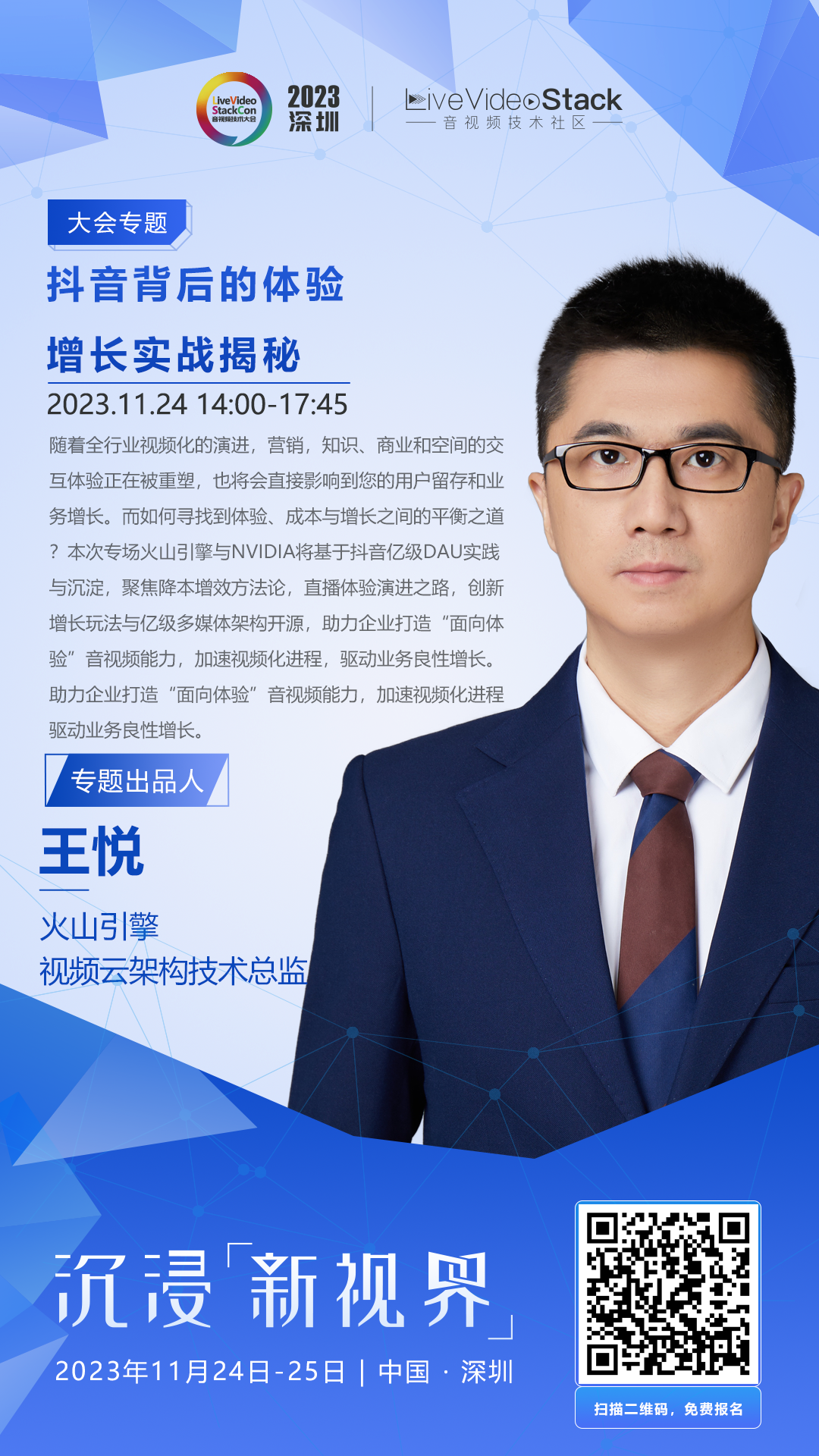https://huggingface.co/docs/transformers/main/en/autoclass_tutorial![]() https://huggingface.co/docs/transformers/main/en/autoclass_tutorialAutoClass可以自动推断和加载给定checkpoint的正确架构。
https://huggingface.co/docs/transformers/main/en/autoclass_tutorialAutoClass可以自动推断和加载给定checkpoint的正确架构。
对于文本,使用Tokenizer将文本转换为token序列,创建token的数字表示,并将它们组装成张量。 对于语音和音频,使用Feature extractor从音频波形中提取连续的特征,并将其转换为张量。 图像输入使用ImageProcessor将图像转换为张量。 对于多模态输入,使用Processor结合分词器和特征提取器或图像处理器。
1.AutoTokenizer
from transformers import AutoTokenizer
tokenizer = AutoTokenizer.from_pretrained("bert-base-cased")
encoded_input = tokenizer("Do not meddle in the affairs of wizards, for they are subtle and quick to anger.")
print(encoded_input)
{'input_ids': [101, 2079, 2025, 19960, 10362, 1999, 1996, 3821, 1997, 16657, 1010, 2005, 2027, 2024, 11259, 1998, 4248, 2000, 4963, 1012, 102],
'token_type_ids': [0, 0, 0, 0, 0, 0, 0, 0, 0, 0, 0, 0, 0, 0, 0, 0, 0, 0, 0, 0, 0],
'attention_mask': [1, 1, 1, 1, 1, 1, 1, 1, 1, 1, 1, 1, 1, 1, 1, 1, 1, 1, 1, 1, 1]}预处理文本数据的主要工具是分词器,分词器根据一组规则将文本拆分为标记,将标记转换为数字和张量,成为模型输入。如果使用预训练模型,使用相关的预训练分词器非常重要。确保文本的拆分方式与预训练语料库相同,并在预训练期间使用相应的标记索引(词汇表)。
attention_mask是一个与输入序列长度相同的二进制向量。它指示哪些位置是真实的标记,而哪些位置是填充标记。填充标记通常用于确保不同长度的句子能够对齐并进行批处理。通过将填充标记的attention_mask设置为0,模型在计算注意力时可以忽略这些位置。这样可以提高计算效率,并确保模型正确处理真实标记。token_type_ids是一个与输入序列长度相同的整数向量,用于区分不同的序列。当输入包含多个序列时,例如问答任务中的问题和回答序列,token_type_ids用于区分哪些标记属于问题序列,哪些属于回答序列。这有助于模型理解和区分不同序列之间的关系。总之,attention_mask用于指示填充标记,以便模型可以忽略它们,而token_type_ids用于区分不同的序列,以便模型可以适当地处理它们。
tokenizer.decode(encoded_input["input_ids"])
'[CLS] Do not meddle in the affairs of wizards, for they are subtle and quick to anger. [SEP]'分词器向句子中添加了两个特殊标记 - CLS和SEP(分类器和分隔符)。并非所有模型都需要特殊标记,但如果需要,分词器会自动为您添加它们。
1.1 pad
句子的长度并不总是相同的,张量(模型输入)需要具有统一的形状。填充是确保张量矩形化的一种策略,它通过向较短的句子添加特殊填充标记来实现。将padding参数设置为True,可以将批中较短的序列填充到与最长序列相匹配的长度。
batch_sentences = [
"But what about second breakfast?",
"Don't think he knows about second breakfast, Pip.",
"What about elevensies?",
]
encoded_input = tokenizer(batch_sentences, padding=True)
print(encoded_input)
{'input_ids': [[101, 1252, 1184, 1164, 1248, 6462, 136, 102, 0, 0, 0, 0, 0, 0, 0],
[101, 1790, 112, 189, 1341, 1119, 3520, 1164, 1248, 6462, 117, 21902, 1643, 119, 102],
[101, 1327, 1164, 5450, 23434, 136, 102, 0, 0, 0, 0, 0, 0, 0, 0]],
'token_type_ids': [[0, 0, 0, 0, 0, 0, 0, 0, 0, 0, 0, 0, 0, 0, 0],
[0, 0, 0, 0, 0, 0, 0, 0, 0, 0, 0, 0, 0, 0, 0],
[0, 0, 0, 0, 0, 0, 0, 0, 0, 0, 0, 0, 0, 0, 0]],
'attention_mask': [[1, 1, 1, 1, 1, 1, 1, 1, 0, 0, 0, 0, 0, 0, 0],
[1, 1, 1, 1, 1, 1, 1, 1, 1, 1, 1, 1, 1, 1, 1],
[1, 1, 1, 1, 1, 1, 1, 0, 0, 0, 0, 0, 0, 0, 0]]}1.2 truncation
有时序列可能太长,以至于模型无法处理。在这种情况下,需要将序列截断为更短的长度。将truncation参数设置为True,可以将序列截断到模型接受的最大长度:
batch_sentences = [
"But what about second breakfast?",
"Don't think he knows about second breakfast, Pip.",
"What about elevensies?",
]
encoded_input = tokenizer(batch_sentences, padding=True, truncation=True)
print(encoded_input)1.3 build tensors
batch_sentences = [
"But what about second breakfast?",
"Don't think he knows about second breakfast, Pip.",
"What about elevensies?",
]
encoded_input = tokenizer(batch_sentences, padding=True, truncation=True, return_tensors="pt")
print(encoded_input)2.AutoImageProcessor
from transformers import AutoImageProcessor
image_processor = AutoImageProcessor.from_pretrained("google/vit-base-patch16-224")3.AutoFeatureExtractor
from transformers import AutoFeatureExtractor
feature_extractor = AutoFeatureExtractor.from_pretrained(
"ehcalabres/wav2vec2-lg-xlsr-en-speech-emotion-recognition"
)4.AutoProcessor
LayoutLMv2需要一个image procssor处理图像,一个tokenizer处理文本,AutoProcessor将两者结合起来。
from transformers import AutoProcessor
processor = AutoProcessor.from_pretrained("microsoft/layoutlmv2-base-uncased")5.AutoModel
加载给定任务的预训练模型,
from transformers import AutoModelForSequenceClassification
model = AutoModelForSequenceClassification.from_pretrained("distilbert-base-uncased")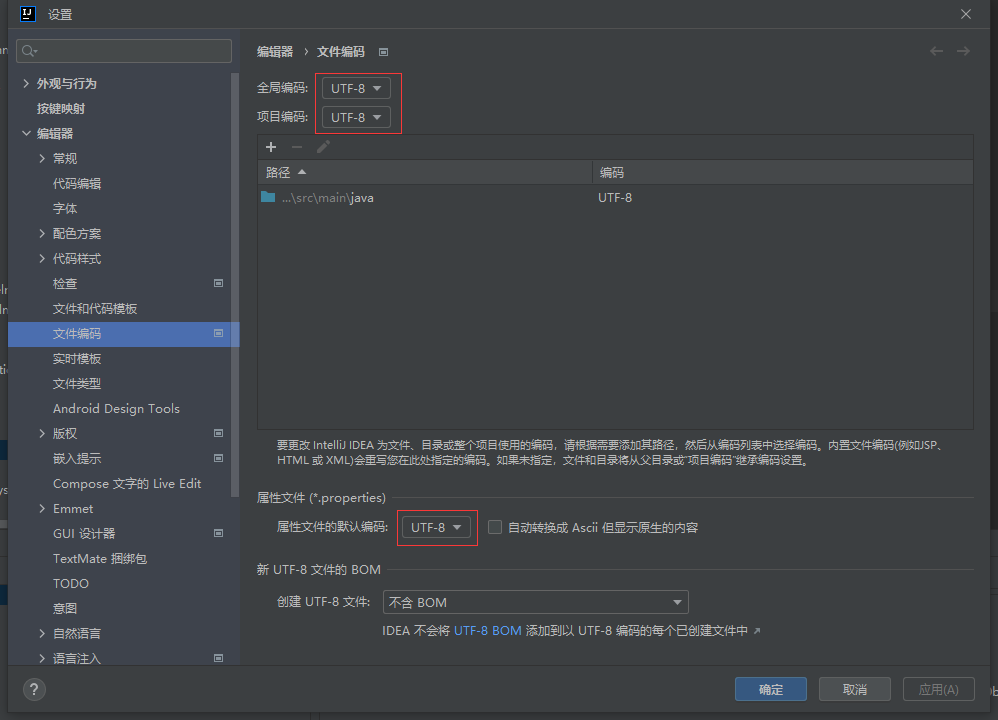






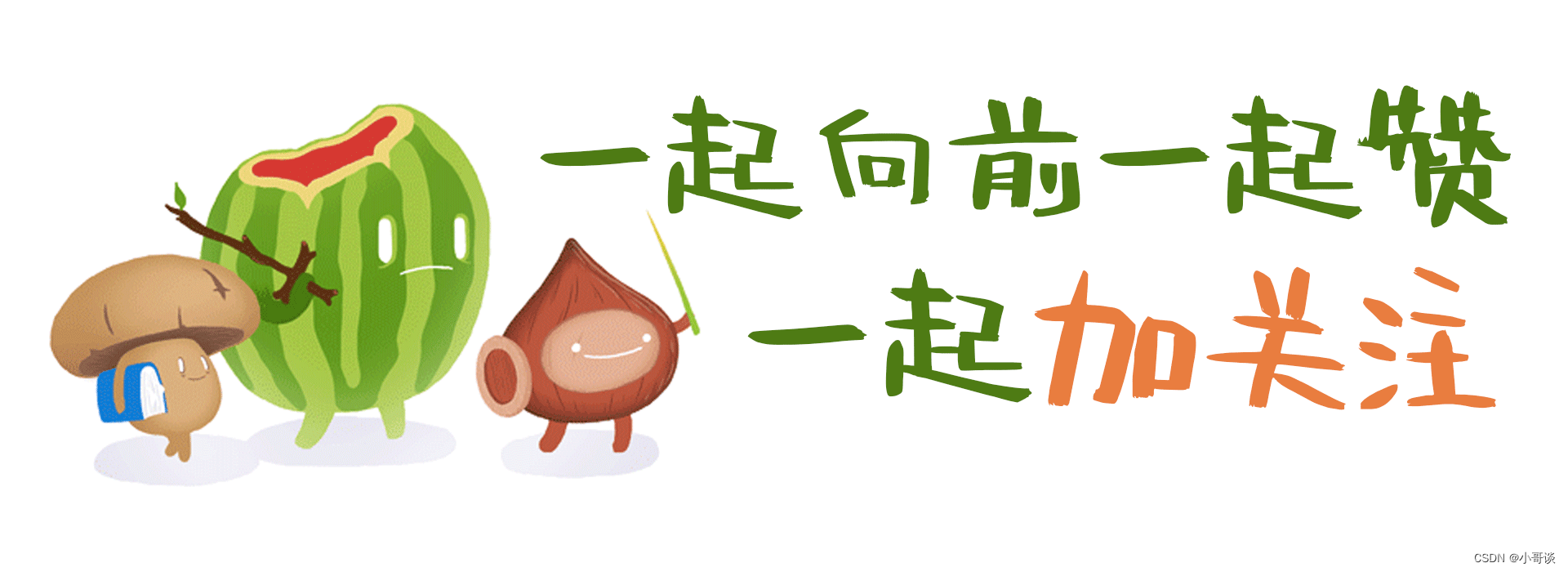



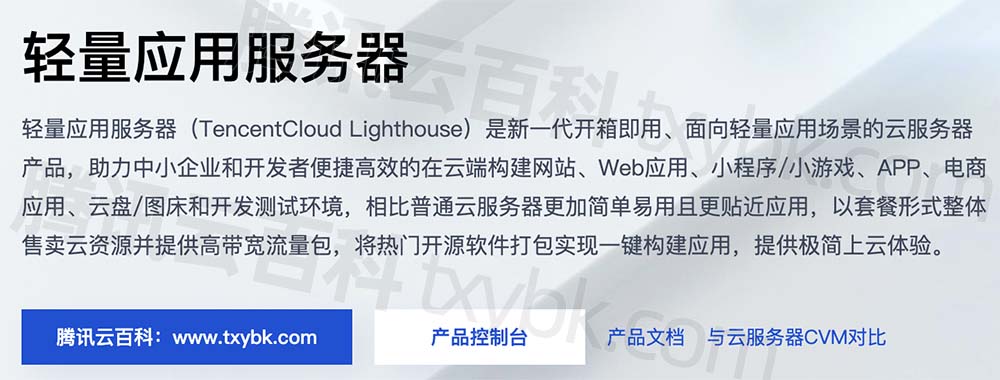
![[PHP]pearProject协作系统 v2.8.14 前后端](https://img-blog.csdnimg.cn/3e92fc5b74484b908bf85ac160ff1ed8.png)

